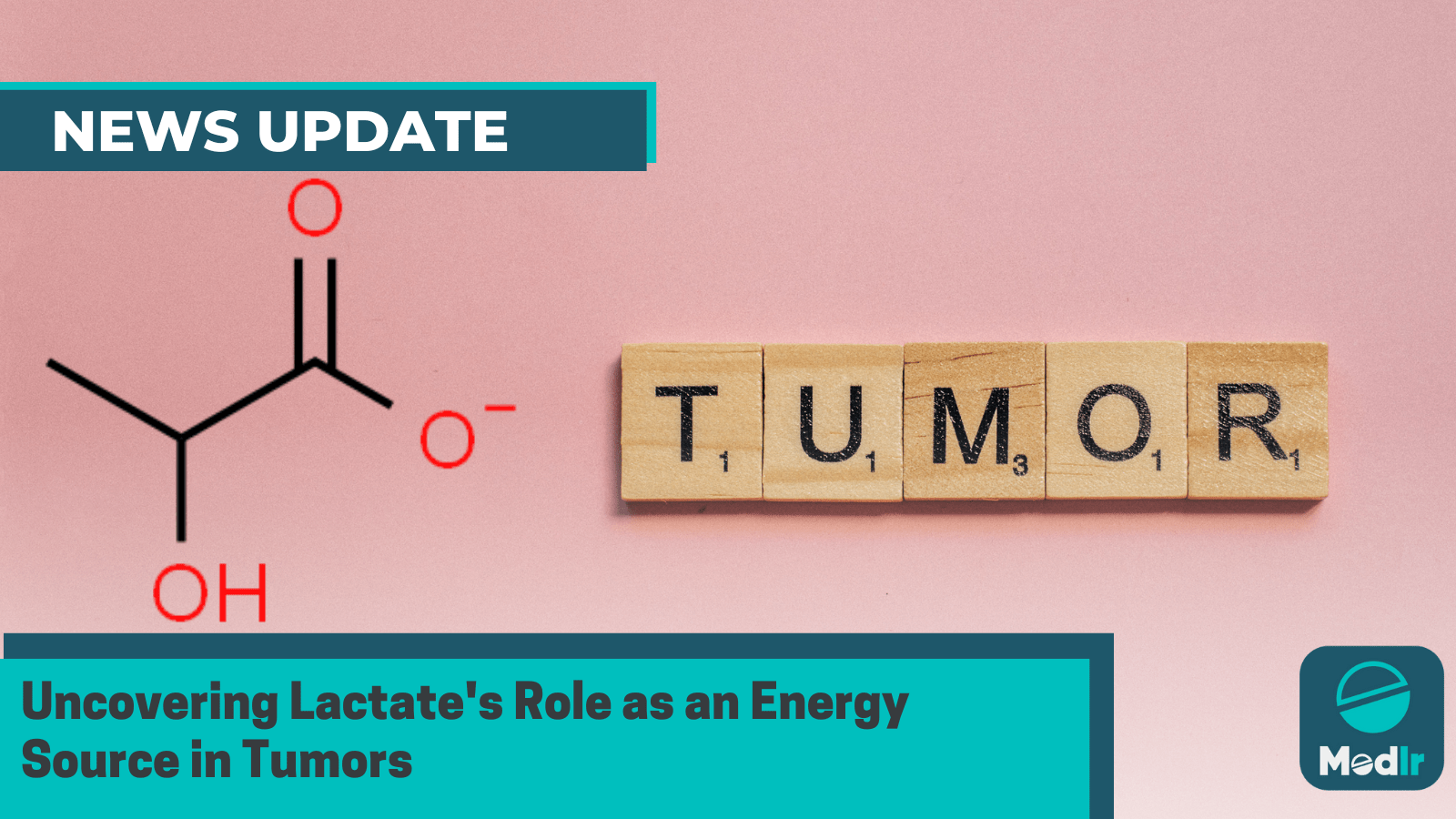Uncovering Lactate's Role as an Energy Source in Tumors
Written by Arushi Sharma, Shaveta Arora
High lactate levels contribute to immune suppression in tumors & treatment resistance. SLC16A1 & SLC16A3 play crucial roles, making them promising drug targets.

Researchers at CeMM's Giulio Superti-Furga Lab have developed a Cell Chemical Biology technique to identify inhibitors targeting a lactate transporter linked to cancer and other medical conditions. The assay system detected a promising compound that could serve as a starting point for cancer therapies.
Transporter proteins, part of the solute carrier (SLC) family, are essential for cellular metabolism and uptake and elimination of essential nutrients like amino acids, sugars, and nucleotides. They play a crucial role in maintaining health and causing disease states.
Most SLCs, despite being considered attractive therapeutic targets due to their vital physiological roles, have not received sufficient pharmacological study.
Giulio Superti-Furga's research group, Scientific Director at CeMM and professor at Medical University of Vienna, has developed a method targeting the lactate transporters SLC16A1 and SLC16A3, linked to cancer and other diseases.
Lactate, an end product of glycolysis, serves not only as a metabolic waste product but also as an energy source. Highly glycolytic cells secrete lactate, and neighboring cells utilize it as an energy source in various tissues, including skeletal muscle, the brain, the testes, and the tumor microenvironment (TME).
Members of the SLC16 family predominantly facilitate the transportation of lactate across the membrane. Among the four key lactate transporters, the SLC16A1 (MCT1) and SLC16A3 (MCT4) genes play a central role, as studies have shown. Giulio Superti-Furga explains -
"We know for more than a century that tumor cells tend to be highly glycolytic, and that the concentration of lactate can reach extreme levels inside tumors. But it is only relatively recently that we are starting to understand the consequences of this."
What Can High Lactate Levels Do?
High lactate levels promote immune cell suppression within tumors and can lead to treatment resistance. Lactate transporters, specificallySLC16A1 and SLC16A3, play an importantrole in this process, with SLC16A1 serving as the primary lactate importer and SLC16A3 serving as the primary lactate exporter. Both transporters appear to be promising drug targets.
The study's first author, Vojtech Dvorak, a Ph.D. student in Superti-Furga's lab, adds -
"One of the major obstacles for the development of novel drugs that target SLCs are the frequent functional redundancies among several transporters that are present in cells. This makes it very difficult to isolate the impact of a potential drug candidate on a single transporter and hence determine the selectivity.
A previous project discovered synthetic lethality between SLC16A1 and SLC16A3 in cell models, indicating that cells normally have both transporters. When one is inhibited by a drug or lost, the other transporter compensates.
However, if, for instance, the SLC16A1 gene is lost, the cell then becomes dependent on SLC16A3 for its survival (and vice versa). We realized that by creating several cell lines that are dependent on either of the distinct lactate transporters, we can use them to search for highly selective drugs."
The scientists published a study in Cell Chemical Biology, where they detailed the creation of an assay system known as Paralog-dependent isogenic cell assay, abbreviated as PARADISO. They utilized PARADISO to develop a highly selective chemical probe that targets SLC16A3, referred to as slCeMM1. Superti-Furga concludes -
"The lack of specific cell-based assays is a problem for many promising drug targets, not only for SLCs. The logic of the PARADISO assay system should be in principle widely applicable and helpful in finding new therapeutic targets."